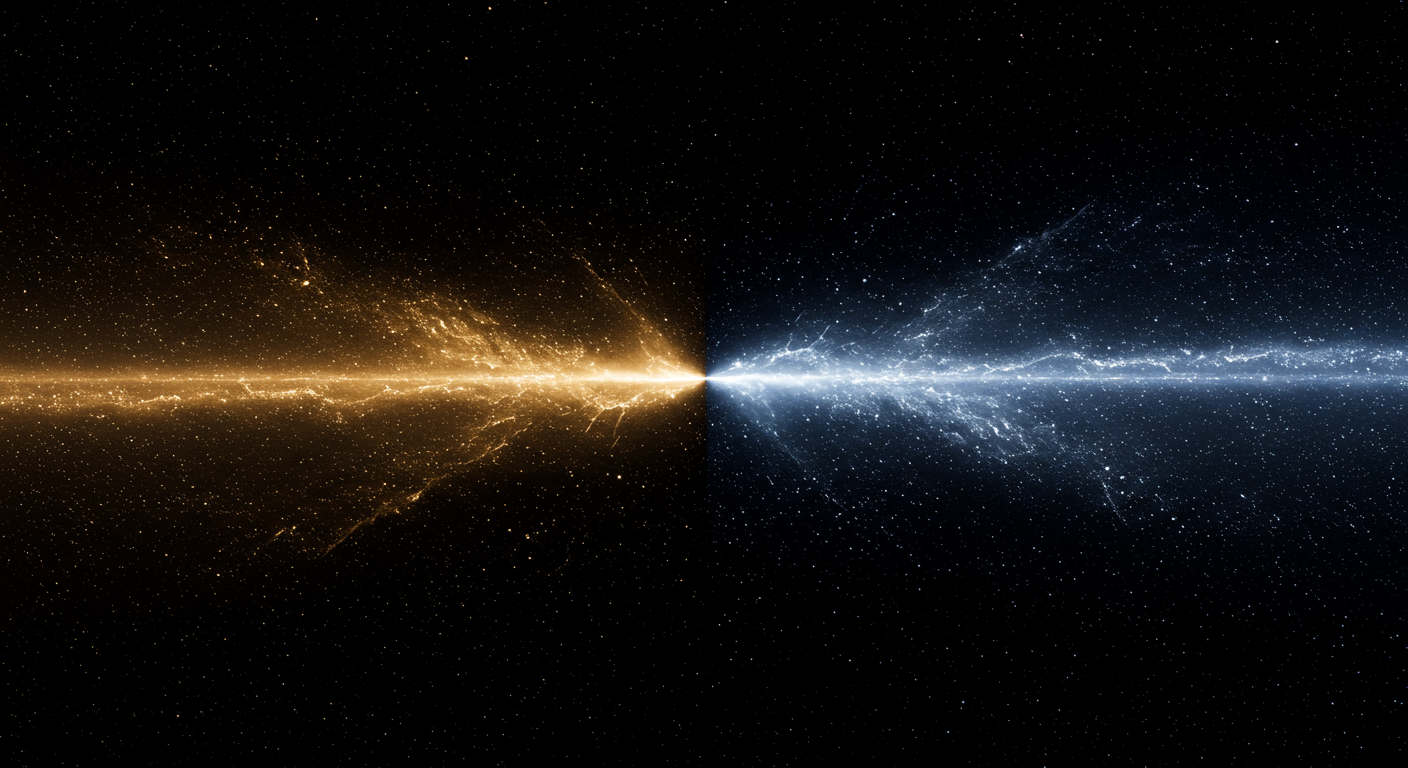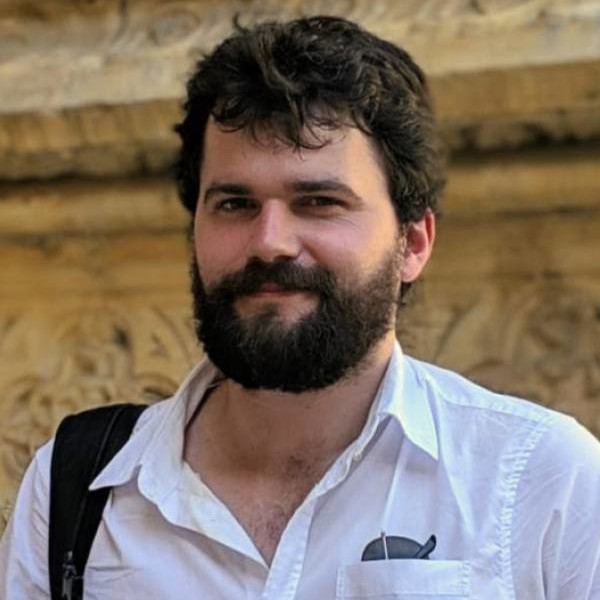Comparison of dynamical dark energy with ΛCDM in light of DESI DR2

The paper by A. N. Ormondroyd, W. J. Handley, M. P. Hobson, and A. N. Lasenby titled “Comparison of dynamical dark energy with ΛCDM in light of DESI DR2,” available as 2503.17342, presents a timely update on the quest to understand the nature of dark energy. This work meticulously re-evaluates the evidence for a dynamic dark energy equation of state, $w(a)$, by incorporating the latest Baryon Acoustic Oscillation (BAO) data from the Dark Energy Spectroscopic Instrument (DESI) Data Release 2 (DR2). It builds directly upon the authors’ previous investigation (2025arXiv250308658O), where a nonparametric flexknot reconstruction approach hinted at intriguing deviations from the standard Lambda Cold Dark Matter ($\Lambda$CDM) model.
The core of their methodology, the flexknot technique—originally explored under names like ‘nodal reconstruction’ (e.g., pkvazquez, devazquez)—models $w(a)$ as a flexible linear spline. This approach is particularly powerful as it can capture sharp features in the equation of state without imposing strong prior assumptions, and notably, it encompasses simpler models like $w$CDM and CPL as special cases (corresponding to $n=1$ and $n=2$ knots, respectively). This method has seen successful application in various cosmological contexts, from reconstructing the primordial power spectrum (e.g., pkhandley, pkknottedsky) to the cosmic reionization history (flexknotreionization).
Key Findings with DESI DR2
The study leverages the enhanced precision of DESI DR2 BAO measurements (as detailed in desi2ii) in conjunction with Type Ia supernovae data from Pantheon+ (pantheonplus) and DES5Y (des5y). The central question is whether the initial hints of dynamical dark energy hold up.
The results are nuanced:
- Persistence and Attenuation: While the overall qualitative shape of the reconstructed $w(a)$ remains consistent with their earlier findings (2025arXiv250308658O), the statistical support for more complex dynamical dark energy models (i.e., flexknot models with a higher number of knots) is reduced when considering the DESI DR2 data alone.
- Simpler Models Gain Traction (DESI DR2 alone): Interestingly, the evidence for simpler dynamical models, specifically $w$CDM ($n=1$ knot) and CPL ($n=2$ knots), increases relative to $\Lambda$CDM with DESI DR2 data alone. The CPL model emerges as the preferred dynamical model in this scenario, a finding consistent with other DESI analyses (desi2de).
- Impact of Supernovae Datasets:
- With Pantheon+: When DESI DR2 is combined with Pantheon+ supernovae, the conclusions largely mirror those of the authors’ previous work.
- With DES5Y: A more striking shift occurs when DESI DR2 is combined with DES5Y supernovae. Here, there’s an increased preference for flexknot models across all numbers of knots considered. All such models become preferred over $\Lambda$CDM, with the CPL model being the most favored, achieving a Bayes factor of approximately 2.3 relative to $\Lambda$CDM.
- Tension Resolution: An important aspect highlighted is that dynamical dark energy models, particularly when analyzed with DESI and DES5Y data, can help resolve discrepancies between these datasets (see also balancingact), in addition to providing a better fit.
Significance and Future Outlook
This research by A. N. Ormondroyd and collaborators underscores the critical role of high-precision data and sophisticated, flexible modeling techniques in the ongoing effort to unravel the mystery of dark energy. The findings suggest that while complex evolving dark energy scenarios might face tighter constraints from DESI DR2 alone, simpler dynamical extensions to $\Lambda$CDM, particularly CPL, are gaining evidential support. The sensitivity of these conclusions to the choice of supernovae dataset (Pantheon+ vs. DES5Y) further emphasizes the need for continued scrutiny and combination of diverse cosmological probes. As datasets from DESI (desi2025) and other next-generation surveys continue to improve, methods like flexknot reconstruction will be invaluable in testing the boundaries of our standard cosmological model.
The authors utilized tools such as \texttt{PolyChord} (polychord1, polychord2) for their Bayesian analysis, with data processing and plotting aided by anesthetic (anesthetic) and fgivenx (fgivenx). The data and pipeline are available at ormondroyd_2025_15025604.
References From The Paper
Below is a list of references cited in the original paper, formatted for easy access:
- pkknottedsky
- 2025arXiv250313198B
- pantheonplus
- desicrossingstatistics
- des5y
- desiiii
- desivi
- desi2ii
- desi2i
- desi2de
- desi2025
- modelagnosticgp
- pkcore
- 2025arXiv250315943G
- fgivenx
- anesthetic
- lemos
- polychord1
- polychord2
- pkhandley
- numpy
- sonke
- heimersheimfrb
- heimersheim21cm
- hergt
- matplotlib
- 2025arXiv250304273J
- smplotlib
- pandaspaper
- flexknotreionization
- flexknotclusters
- ormondroyd_2025_15025604
- balancingact
- 2025arXiv250308658O
- pkplanck13
- pkplanck15
- shen
- skilling2004
- pandaszenodo
- pkvazquez
- devazquez
- scipy
- quintom




Content generated by gemini-2.5-pro-preview-05-06 using this prompt.
Image generated by imagen-3.0-generate-002 using this prompt.